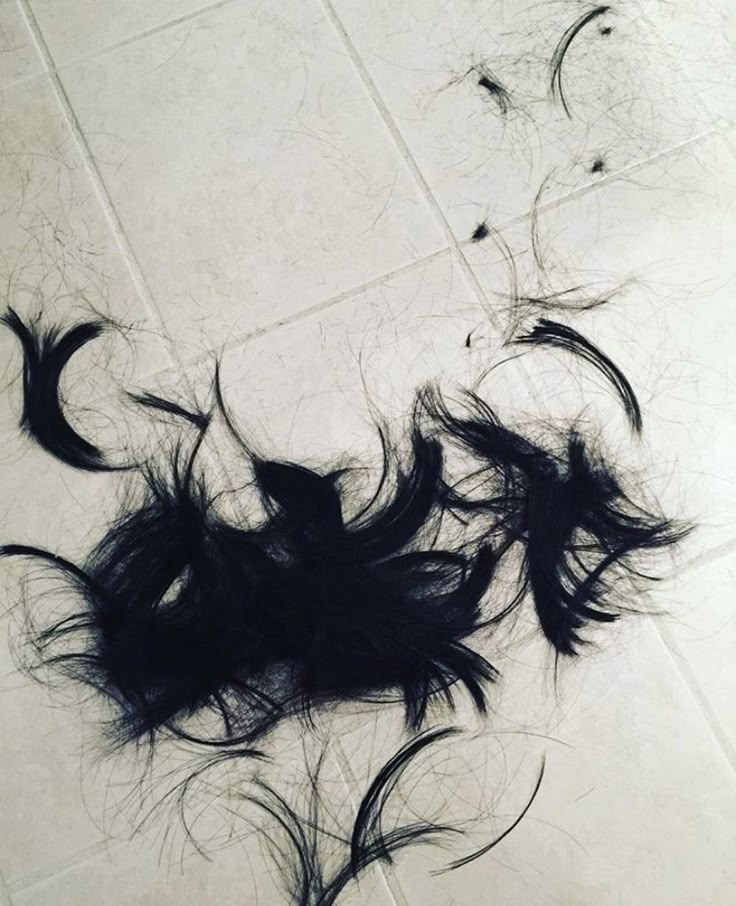Seborrheic Dermatitis: Why It’s Not Just Dandruff And Why Oil Alone Won’t Fix It
Let’s talk about something that affects me personally and so many of my clients:
Seborrheic Dermatitis.
For years, I’d get it under my nose and around my mouth. I’d treat it like dryness, slathering on rich creams, oils, retinoids, balms, exfoliants. Sometimes it helped. But mostly, it made things worse.
And as I’ve seen with countless clients, the same thing plays out along the hairline, scalp, and brows.
The truth? This isn’t just dry skin. It’s not just irritation. It’s not just buildup.
This is inflammation, driven by fungal imbalance. And if you don’t address that? Oil alone will only feed it.
The Real Cause: A Fungus Called Malassezia
Seborrheic dermatitis is a chronic inflammatory skin condition caused by the overgrowth of Malassezia, a yeast-like fungus that naturally lives on our skin. In a balanced environment, it’s harmless. But when your microbiome is disrupted,by stress, hormones, compromised barrier, buildup, or even climate, Malassezia can take over.
What happens next?
Redness. Itching. Flaking. Irritation.
That signature greasy or waxy scale that shows up on the scalp, around the nose, in the brows, behind the ears, or on the chest.
This is why seborrheic dermatitis is not the same as dry dandruff—and why treating it like dryness (with heavy oils and emollients) often makes things worse.
Why Oiling Isn’t Enough (And Can Sometimes Backfire)
I love oils. I’ve built an entire brand on the power of pre-shampoo oiling.
But let me be clear: when seborrheic dermatitis is active, pure oil is not the answer.
Fungi feed on lipids, specifically certain fatty acids found in our own sebum and in many natural oils. So when you’re in a flare and apply oils without clearing out the fungal overgrowth? You’re essentially feeding the very thing causing the problem.
This is why I always say:
Oiling is about cleaning—about resetting the scalp—not just moisturizing it.
And before we can nourish, hydrate, and rebuild, we need to clean and correct the terrain.
Here’s What I Recommend (And What I Do for Myself):
1. During a Flare-Up:
Use a targeted antifungal treatment. Look for ingredients like:
- Zinc pyrithione
- Ketoconazole
- Ciclopirox
These work to reduce the Malassezia load and calm the immune response.
Also: seek support from a dermatologist or trichologist. Having a trusted professional helps you create a tailored treatment plan—and understand what to do when it flares up again. Because with seborrheic dermatitis, it will.
2. Avoid:
During active flares, skip:
- Pure oils
- Butters and rich creams
- Occlusive balms
Especially around the scalp, hairline, and face—these can trap heat and moisture, creating a fungal breeding ground.
3. Focus on Biome-Safe Cleansing:
Choose a dermatologist-tested, hypoallergenic shampoo that is:
- Sulfate-free
- Fragrance-free
- Free of heavy waxes, fillers, or occlusive oils
Like our Nourishing Shampoo, which was specifically formulated for sensitive, reactive skin and scalps.
You can also incorporate lipophilic cleansers—cleansing oils that help break down buildup and biofilm without stripping or irritating your skin.
4. Once Stable, Support the Terrain:
Once your skin calms down, it’s time to nurture it gently.
Start by reintroducing barrier-supportive actives like:
- Copper peptides
- Niacinamide
( coming soon!) 🔜
And use pre-shampoo oiling intentionally:
Apply our Scalp Mask or Follicle Drops as a pre-cleanse to help lift buildup and prep the scalp before washing. This step helps maintain balance, without overloading with oils that can feed flare-ups.
Final Thought: Clean First, Nourish Later
Seborrheic dermatitis doesn’t mean you’ve done anything wrong. It means your skin’s ecosystem is out of balance.
The goal isn’t to strip or smother, it’s to reset, rebalance, and rebuild.
I share this because I’ve lived it. And because I want you to feel less alone when the flakes come, or when the itching flares.
There’s a smarter way to care for your scalp and skin and it starts with understanding what’s really going on beneath the surface.
With love (and science),
Nina


